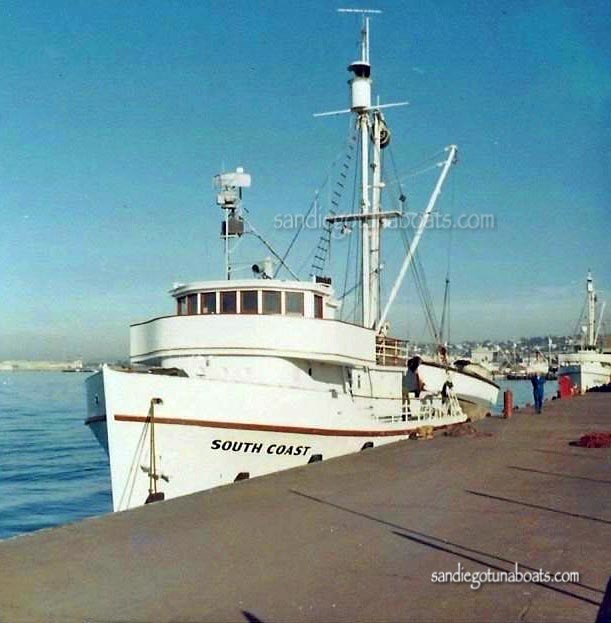| Hi, my name is Jimmy, I’m second generation Portuguese on my Dad’s side and first generation on my Mom’s. I’ve always had a passion for Tuna Boats and their colorful history and have, over the years, amassed a large library of photos and many stories to go with them. In the hopes of keeping some of this history alive — and perhaps passing this tradition on to my son — I’ve created this site to share my memories and photos in honor of my Portuguese heritage and for the men that made their living at sea and also to those who lost their lives at sea, may they rest in peace. I hope you enjoy my photos and ramblings. Please feel welcome to share your thoughts and pictures too, I’ll be happy to post them for you. Many of the pictures you’ll see have been donated by other Portuguese and Italian friends/families and many are from my own collection, but all are treasured. Please enjoy… |



Two trips, ’67 and ’69 in high school. 28 days and 52 days. The Marks brothers were the owners and Janus was a neighbor. Great summer job. Also worked at the Westgate Cannery and made the trip to ‘Pedro’ several times to unload. Mostly on National Steel boats. Not many can remember the difference b/t 250 ton wooden boats then and the 1200 ton super seiners that were beginning to be the norm. They were too fast, too big, too efficient and today the most modern fishing fleet in the world that was in San Diego is no more. No seiners at the Embarcadero, no canneries in Logan Barrio, no shipbuilding at Campbells. My experience was just a tiny glimpse of what was such a dynamic industry developed by mostly first generation Americans that began, flourished and ended with the second generation.
Did 2 trips, ’67 and ’69. 28 and 52 days. Enjoyed every minute. The boats got too big, too fast and too efficient. In 2 generations, started by mostly immigrants, what was the most modern fishing fleet in the world was gone. No seiners at the embarcadero and no canneries in Logan Barrio.